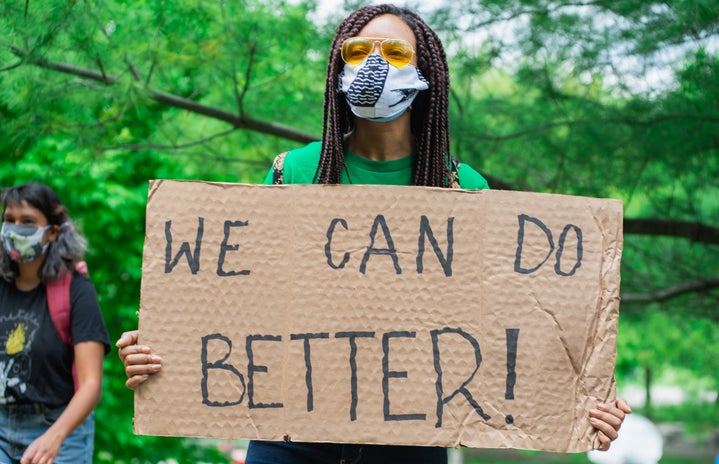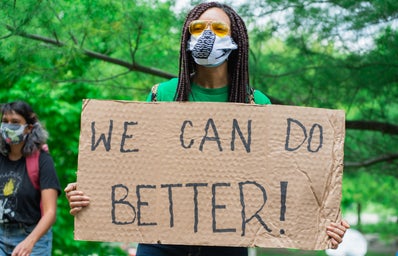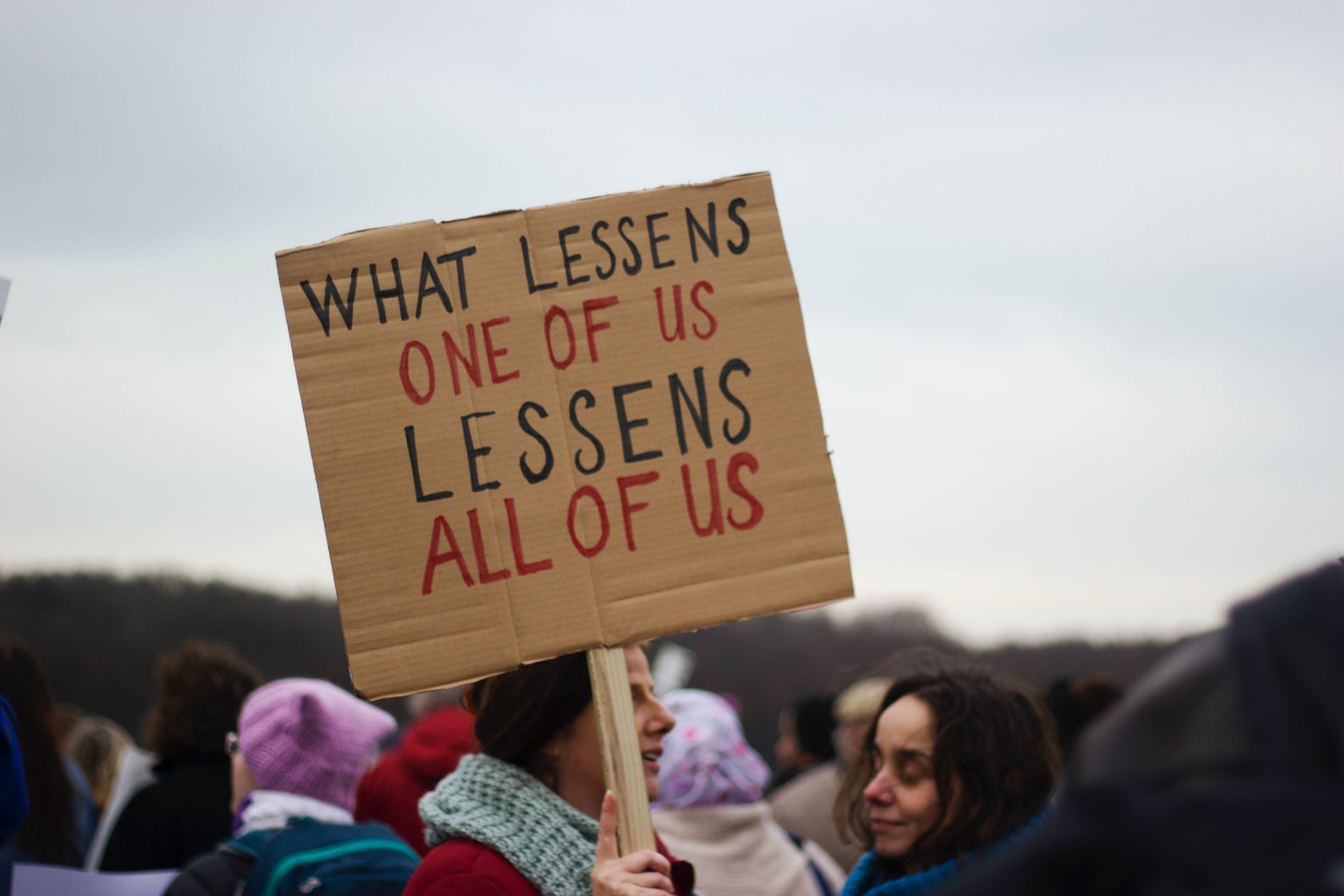Feminism, historically, has come in waves. From fighting the ownership of husbands and fathers over wives and daughters to fighting for political rights, it seems that every few years or so the wave comes back with new goals in mind. Even now, we’ve seen some ramifications of the wave. It varies from the #MeToo movement and Time’s Up to promoting sex and body positivity, but we’ve all experienced the trends on social media and the outcomes from holding people accountable.

Even coming this far and gaining the right to vote and reproductive autonomy (though that’s being challenged once again), there are still flaws within the feminist movement that need to be addressed.
The main issue? White feminism.
I’ll start by saying that if you’re offended with me calling white feminism an issue, you’re only proving the exact point I’m trying to make.
So, what is white feminism and why is it bad?
White feminism primarily centers around utilizing feminism as a marketing strategy or promoting feminism to achieve personal success. Ask yourself: are you actually interested in these issues because you care or because it will make you seem engaged and further your individual goals? The root of white feminism can be narrowed down to ‘keeping up appearances’ for profit. Objectives aren’t to dismantle systems that oppress women but to find a way to exist and succeed within the patriarchal, capitalistic, and imperialistic systems already in place.
The issue with white feminism is that it’s purposefully exclusionary. The solution? Making sure your feminism is intersectional. That means recognizing there are many identities. Often, people discuss race, gender, and sexuality as separate issues, but they forget that identities can overlap.
Women’s rights are more than just fighting for certain policies for ‘all’ women. In the process for fighting for specific rights, people need to be inclusive to all identities. How does a certain issue affect Black women? Asian women? Native women? Trans women? LGBTQ+ individuals? If you’re not asking these questions to yourself, your feminism isn’t considerate for every party involved. Feminism has to be more than just what benefits you. It must benefit the whole.
Intersectional feminism focuses specifically on that problem. It works to incorporate all voices to address the inequalities rooted in current systems to understand the depths of oppressive institutions; oppression from institutions that white women don’t experience.
Crises of women are not universal, and some women experience oppression to greater degrees based on other factors besides gender. Actively ignoring these disparities or becoming defensive when non-white people or people of varying genders call you out or challenge your intentions, you’re dismissing their experiences and blaming the messenger. Ultimately, you are part of the problem.
Feminism is more than girl bossing your way to the top and stepping on the throats of minorities along the way. It’s more than ‘uplifting’ other women with words and doing nothing to back it up. The time for complicity is over. White women need to step up and be allies. They need to learn how to grow so they can use their white privilege to help marginalized communities.




